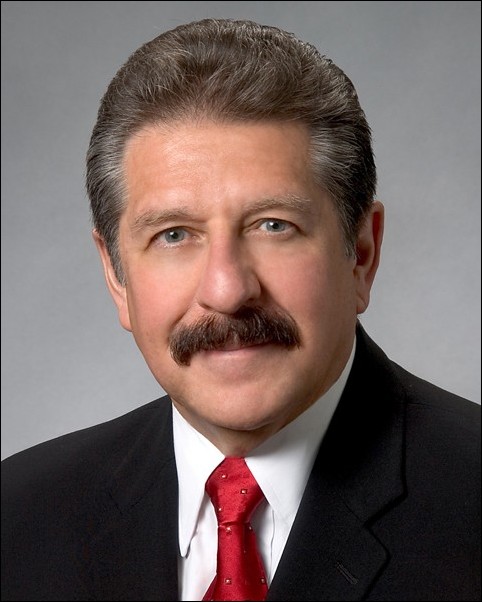Money crunch delayed
April 30, 2007
After faculty members openly criticized administration at a Nov. 9 Faculty Senate meeting for not informing the campus community of its $6.5 million deficit sooner, President Alexander Gonzalez deferred proposed budget cuts for Sacramento State’s seven colleges and library.
Gonzalez said he postponed the proposed cuts for Academic Affairs – which total $1.6 million – to prevent departments from cutting courses to compensate for the gap.
“(The proposed budget cuts) caught everybody off guard in the sense of not knowing how to react to it,” Gonzalez said Monday. “The one response that’s going to be the most obvious was to cut courses, and I didn?t want to see them do that.”
Gonzalez decided to delay the cuts upon a request from interim Provost Joseph Sheley, who said the request was made due to a lack of information about the budgetary situation available to the public.
“It had become increasingly clear that the amount of information available to faculty was insufficient for them,” Sheley said on Nov. 22. He added that it’s important for everyone to understand the situation “so that conversations addressing it become fruitful.”
Faculty Senate Chair Michael Fitzgerald said the Senate also asked Gonzalez to postpone the budget cuts so faculty could determine whether an actual deficit exists and whether the cuts really need to be made.
“(Faculty) feel a need to study the budget situation,” Fitzgerald said in a telephone interview on Nov. 22.
Fitzgerald said that he and the Senate appreciate the president’s quick reaction to their request to postpone the cuts, adding that the impact of the proposed budget cuts would’ve been “devastating on academic programs.”
In order to provide more information about the campus’ budget, Gonzalez is establishing more formal committees that will focus on informing the public about how the budget operates.
Gonzalez is now in the process of forming a task force – made up of representatives from administration, faculty, staff and the student body – to study the university’s deficit and provide ideas on how to solve the budget gap.
Sheley added that the task force is a short-term committee that will look at the source of the deficit in order to come up with strategies to respond to it.
“It has a very clear, shorter life span, dealing with something concrete,” Sheley said.
Gonzalez said he has identified who he’d like to serve on the task force and that there will be student representation. The campus president said he’s assembling the task force quickly so that the committee can meet a few times before the semester ends.
Sheley said the reason why the task force is being assembled quickly is because the deferment of the proposed budget cuts is dependent on the outcome of discussions with the task force.
In the long run, Gonzalez hopes to create a University Budget Advisory Committee – a group that Sheley said will look at budget-related issues and make recommendations to the president on a yearly basis.
Gonzalez said in the future, requests from each department will be reviewed by this committee and the provost’s Strategic Planning Council.
“What I’m trying to do is link the budget process and how we develop the budget to how we operate and how we plan strategically for the future,” Gonzalez said about forming these committees.
The proposed budget cuts were first presented at a Town Hall meeting on Oct. 18. Gonzalez said the administration made the decision to permanently cut 2 percent from the university?s $197 million general fund each year for the next three years.
Gonzalez said the deficit resulted from the university’s shortfall in its enrollment targets for the past three years and that in those years the departments dipped into their discretionary funds to fill in the budget gap.
Gonzalez said the university’s operating budget is funded in two ways: from money allocated by the chancellor’s office and from student fees.
Each CSU is given money from the chancellor’s office based on whether it reaches its enrollment target of the year. Enrollment targets are based on what is defined as full-time equivalent students, which means for every 15 enrolled units the university receives between $7,000 and $8,000 a year, Gonzalez said.
Student fees, which total about $3,000 a year at Sac State, is the second source of revenue for the university’s operating budget.
Sheley said Sac State will use funds from its University Reserve to tend to the budget gap for the 2006-07 budget. The University Reserve – which is funded by various sources and is saved for emergencies – totals around $8 million.
Nika Megino can be reached at [email protected]





























































































































